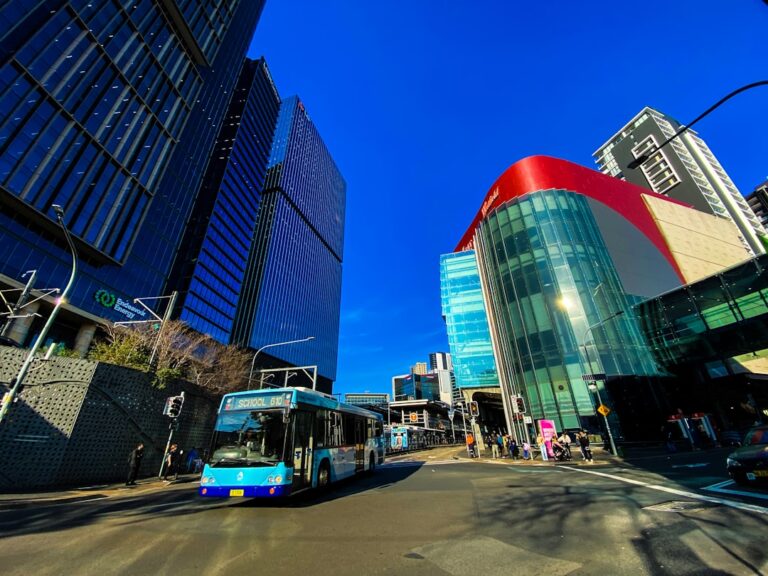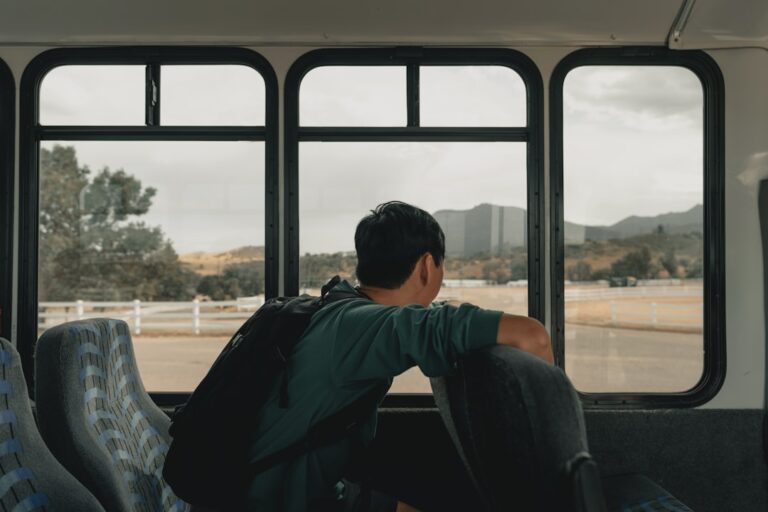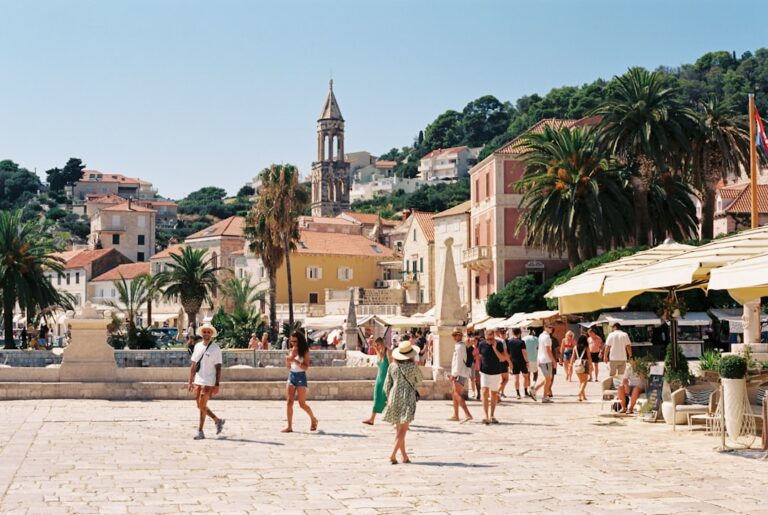Slow travel is a philosophy that encourages travelers to take their time and savor the experiences that come with exploring new places. Unlike traditional travel, which often emphasizes ticking off a checklist of sights and activities, slow travel invites individuals to immerse themselves in the local culture, environment, and community. This approach promotes a deeper understanding of the destinations visited, allowing travelers to connect with the essence of a place rather than merely its surface attractions.
By prioritizing quality over quantity, slow travel fosters a more enriching and fulfilling experience. At its core, slow travel is about embracing the journey rather than rushing to reach a destination. It encourages individuals to explore at a leisurely pace, allowing for spontaneous discoveries and meaningful interactions.
Whether it’s wandering through quaint streets, engaging in conversations with locals, or simply enjoying a sunset, slow travel emphasizes the importance of being present in the moment. This approach not only enhances the travel experience but also nurtures a sense of mindfulness and appreciation for the world around us.
Key Takeaways
- Slow travel is a mindset that emphasizes quality over quantity, allowing travelers to fully immerse themselves in the local culture and experience the journey at a relaxed pace.
- The benefits of slow travel include reduced stress, deeper cultural understanding, and a more sustainable approach to tourism.
- Embracing the journey means savoring the moments, taking time to appreciate the little things, and being open to unexpected experiences.
- Disconnecting from technology during slow travel allows for a deeper connection with the destination and a break from the constant distractions of modern life.
- Immersing yourself in local culture involves engaging with the community, trying local foods, and participating in traditional activities to gain a deeper understanding of the destination.
The Benefits of Slow Travel
Personal Growth and Self-Discovery
One of the most significant advantages of slow travel is the opportunity for personal growth and self-discovery. By stepping away from the fast-paced nature of modern life, travelers can gain new perspectives and insights about themselves and their surroundings.
Meaningful Experiences and Connections
This reflective aspect of slow travel allows individuals to cultivate a deeper understanding of their values, priorities, and aspirations. Moreover, slow travel often leads to more meaningful experiences. When travelers take the time to engage with their environment, they are more likely to form genuine connections with locals and fellow travelers alike.
Lasting Impact and Cultural Appreciation
These interactions can lead to lasting friendships and unforgettable memories that enrich one’s life long after the journey has ended. Additionally, by immersing themselves in local customs and traditions, travelers can gain a greater appreciation for cultural diversity and the shared human experience.
Embracing the Journey

Embracing the journey is a fundamental principle of slow travel. It encourages individuals to view travel as an opportunity for exploration and discovery rather than merely a means to an end. This mindset shift allows travelers to appreciate the beauty of the world around them, from the landscapes they traverse to the people they meet along the way.
By focusing on the journey itself, travelers can cultivate a sense of wonder and curiosity that enhances their overall experience. In practice, embracing the journey means allowing for flexibility in travel plans. Instead of adhering strictly to an itinerary, slow travelers often leave room for spontaneity and serendipity.
This openness can lead to unexpected adventures, such as stumbling upon a hidden gem of a café or participating in a local festival. By prioritizing these moments of discovery, travelers can create a richer tapestry of experiences that reflect the true essence of their journey.
Disconnecting from Technology
| Metrics | Data |
|---|---|
| Percentage of people who disconnect regularly | 45% |
| Reasons for disconnecting | Stress reduction, mental health, work-life balance |
| Frequency of disconnecting | Once a week |
| Activities during disconnection | Reading, outdoor activities, meditation |
In an age dominated by technology, disconnecting from devices can be one of the most liberating aspects of slow travel. Many travelers find that stepping away from screens allows them to fully engage with their surroundings and connect with others on a deeper level. By minimizing distractions, individuals can immerse themselves in the sights, sounds, and sensations of their environment, fostering a greater appreciation for the present moment.
Moreover, disconnecting from technology can lead to enhanced mindfulness. Without the constant pull of notifications and social media updates, travelers can focus on their experiences without feeling rushed or overwhelmed. This intentional disengagement encourages individuals to be more present in their interactions with locals and fellow travelers, leading to more meaningful connections and memories.
Ultimately, embracing a technology-free travel experience can transform how individuals perceive and engage with the world around them.
Immersing Yourself in Local Culture
Immersing oneself in local culture is at the heart of slow travel. This approach encourages travelers to go beyond surface-level experiences and delve into the traditions, customs, and daily lives of the communities they visit. By participating in local activities—such as cooking classes, artisan workshops, or cultural festivals—travelers can gain a deeper understanding of what makes each destination unique.
Engaging with local culture also fosters respect and appreciation for diversity. When travelers take the time to learn about different ways of life, they often find common ground with others, leading to enriching exchanges that transcend language barriers. This cultural immersion not only enhances the travel experience but also promotes empathy and understanding in an increasingly interconnected world.
Mindful Eating and Drinking

Appreciating Local Cuisine
Rather than rushing through meals or opting for convenience, slow travelers often seek out local cuisine that reflects the region’s culture and history. This approach encourages individuals to appreciate the flavors, ingredients, and preparation methods that make each dish unique.
The Dining Experience
Mindful eating extends beyond just food; it encompasses the entire dining experience. Slow travelers may choose to dine at small family-owned restaurants or street vendors where they can engage with chefs and learn about their culinary traditions.
Cultivating a Deeper Connection
By taking the time to enjoy each bite and appreciate the effort that goes into creating a meal, travelers can cultivate a deeper connection to both the food they consume and the culture it represents.
Sustainable Travel Practices
Sustainable travel practices are increasingly important in today’s world, where tourism can have significant environmental impacts. Slow travel inherently promotes sustainability by encouraging individuals to spend more time in fewer places rather than rushing through multiple destinations. This approach reduces carbon footprints associated with transportation while allowing travelers to support local economies more effectively.
Moreover, slow travelers often prioritize eco-friendly accommodations and activities that respect local ecosystems. By choosing sustainable options—such as staying in locally-owned lodgings or participating in conservation efforts—travelers can contribute positively to the communities they visit. This commitment to sustainability not only benefits the environment but also enhances the overall travel experience by fostering a sense of responsibility and connection to the places explored.
Finding Joy in the Little Things
One of the most rewarding aspects of slow travel is discovering joy in life’s little moments. When individuals take their time to explore a destination, they often find beauty in everyday occurrences—such as watching children play in a park or enjoying a quiet moment by a riverbank. These seemingly mundane experiences can become cherished memories that enrich one’s understanding of a place.
Finding joy in small things also encourages gratitude and mindfulness. By appreciating simple pleasures—like a warm cup of coffee or a breathtaking sunset—travelers can cultivate a sense of contentment that transcends material possessions or grand adventures. This focus on simplicity allows individuals to connect more deeply with their surroundings and fosters an overall sense of well-being during their travels.
The Importance of Patience
Patience is a virtue that plays a crucial role in slow travel. In a world that often values speed and efficiency, taking time to appreciate each moment can be challenging yet rewarding. Slow travelers learn that some of life’s most beautiful experiences unfold gradually—whether it’s waiting for a sunset or engaging in conversation with a local who shares their stories.
Moreover, practicing patience allows travelers to embrace uncertainty and spontaneity. When plans change or unexpected delays occur, those who adopt a slow travel mindset are more likely to view these moments as opportunities for exploration rather than inconveniences. This flexibility fosters resilience and adaptability, qualities that enhance not only travel experiences but also everyday life.
Creating Meaningful Connections
Creating meaningful connections is one of the most enriching aspects of slow travel. By taking the time to engage with locals and fellow travelers, individuals can forge relationships that transcend geographical boundaries. These connections often lead to shared experiences that deepen one’s understanding of different cultures and perspectives.
Moreover, meaningful connections can provide valuable insights into a destination that may not be found in guidebooks or online resources. Locals often have unique stories and recommendations that enhance the travel experience, allowing visitors to see their surroundings through fresh eyes. By prioritizing these interactions, slow travelers can create lasting memories that resonate long after their journeys have ended.
Tips for Embracing Slow Travel
Embracing slow travel requires intentionality and mindfulness. One effective tip is to plan fewer destinations within a given timeframe, allowing for deeper exploration of each place visited. This approach encourages travelers to spend more time in each location, fostering opportunities for connection and discovery.
Another helpful strategy is to prioritize local experiences over tourist attractions. Engaging in community events or workshops can provide authentic insights into local culture while creating lasting memories. Additionally, setting aside time for reflection—whether through journaling or simply enjoying quiet moments—can enhance one’s appreciation for each experience.
Ultimately, embracing slow travel is about cultivating an attitude of curiosity and openness toward new experiences. By prioritizing connection over convenience and savoring each moment along the way, travelers can create journeys that are not only memorable but also transformative.
FAQs
What is slow travel?
Slow travel is a mindset and a way of exploring the world that emphasizes taking the time to fully immerse oneself in the local culture, savoring the experience, and minimizing the impact on the environment.
How is slow travel different from traditional travel?
Slow travel focuses on quality over quantity, allowing travelers to spend more time in one destination, connect with the local community, and experience a deeper understanding of the culture and lifestyle. Traditional travel often involves rushing from one tourist attraction to another.
What are the benefits of slow travel?
The benefits of slow travel include reduced stress, a deeper connection to the destination, a more sustainable approach to travel, and the opportunity to create meaningful memories and experiences.
What are some examples of slow travel activities?
Examples of slow travel activities include staying in locally-owned accommodations, exploring the destination on foot or by bicycle, participating in cultural workshops or classes, and engaging in community-based tourism initiatives.
How does slow travel contribute to sustainable tourism?
Slow travel minimizes the environmental impact of tourism by reducing carbon emissions from transportation, supporting local businesses and artisans, and promoting a more respectful and responsible approach to travel.









